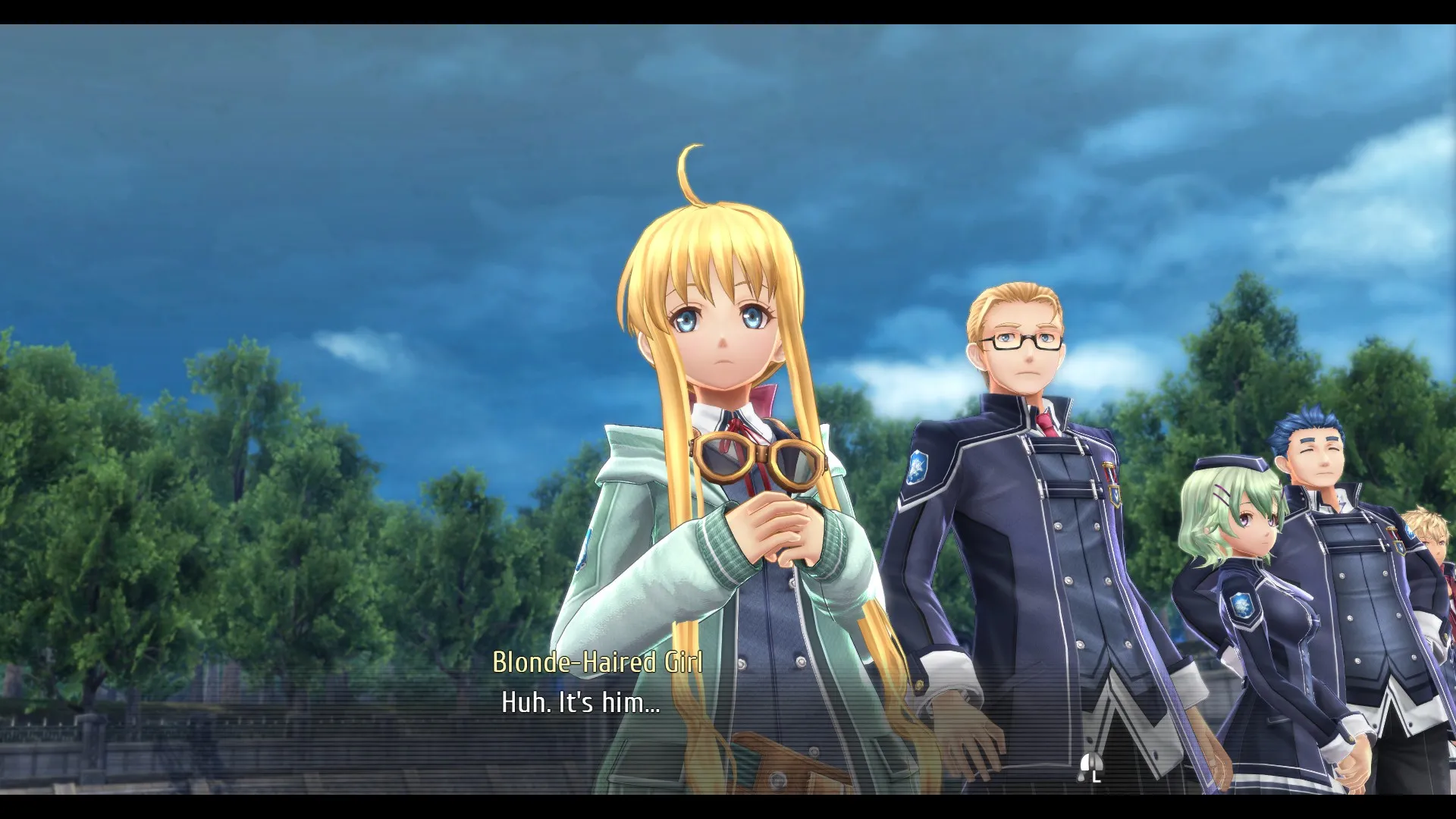
The Legend of Heroes: Trails of Cold Steel III Review – A Deep Dive into Post-War Erebonia
Contents
The world of Japanese Role-Playing Games (JRPGs) is vast, with iconic franchises like Final Fantasy and Dragon Quest boasting extensive libraries. However, other long-standing series have cultivated dedicated fan bases, including Nihon Falcom’s The Legend of Heroes series, specifically the Trails saga. Unlike Final Fantasy, where each entry often presents a new world and narrative, Trails games are interconnected, unfolding within the continent of Zemuria and contributing to a larger, overarching story. This review delves into Trails of Cold Steel III, exploring its strengths and weaknesses.
Navigating the Aftermath of War
Trails of Cold Steel III continues a narrative spanning over a decade, picking up after the Erebonian Civil War depicted in Trails of Cold Steel II. Protagonist Rean Schwarzer and his Class VII comrades brought the conflict to an end, each embarking on their own paths afterward, leaving Rean to remain at Thors Military Academy.
A year later, the Erebonian Empire, far from weakened, has expanded its territories, annexing Crossbell (the setting of Zero no Kiseki and Ao no Kiseki) and North Ambria. This expansion is largely attributed to Rean’s ability to wield the Divine Knight Valimar, a powerful war machine countered only by another Divine Knight.
Now a graduate, Rean becomes an instructor at Thors Military Academy’s new Leeves branch near the capital, Heimdallr. He leads a new Class VII, comprised of three students: Juna Crawford, a Crossbellan girl determined to liberate her homeland; Kurt Vander, a descendant of a renowned swordsmanship family; and Altina Orion, a mysterious girl Rean encountered during a prior imperial mission.
Returning characters from previous Trails games, such as Tita Russell and Agate Crosner from Trails in the Sky, and Randolph Orlando from Zero no Kiseki, make surprising appearances. Integrating these characters seamlessly avoids plot holes, offering both nostalgic moments for veteran players and insightful backstory for newcomers.
 Altina, Juna, and Kurt, Class VII students
Altina, Juna, and Kurt, Class VII students
The narrative expertly balances new characters and familiar faces, creating a fresh yet familiar atmosphere. Nihon Falcom maintains its decade-long storytelling prowess, weaving an engaging plot that follows Rean and his students as they uncover dangerous conspiracies. While the war is over, exploring its consequences from both victor and vanquished perspectives offers a compelling experience.
Trails of Cold Steel III is a direct sequel to Trails of Cold Steel I and II. While the game provides a backstory summary for new players, experiencing the previous titles is highly recommended for full narrative comprehension. Ideally, playing the entire series, starting with The Legend of Heroes: Trails in the Sky, provides the most comprehensive understanding.
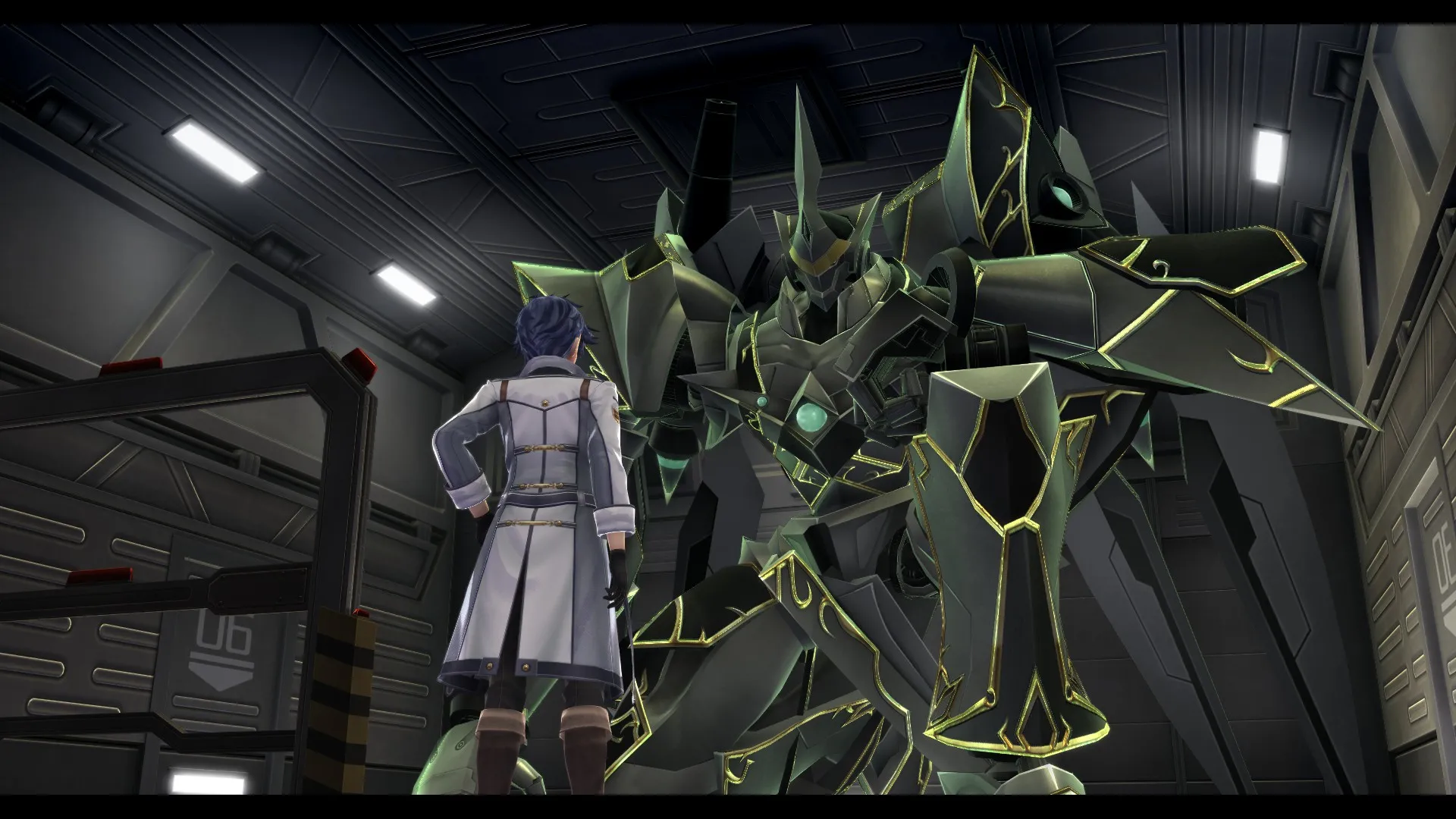 Rean Schwarzer, instructor of the new Class VII
Rean Schwarzer, instructor of the new Class VII
Exploring an Expanded Empire
Instead of recycling locations from previous entries, Trails of Cold Steel III introduces new cities, each with its own captivating story. Through main and side quests, players learn about the land and its inhabitants, fostering a connection with the expansive Erebonian Empire.
Rean leads his students on field studies, essential training for a military academy. These field studies function as mini-adventures within the larger narrative, culminating in climactic boss battles that propel the story forward.
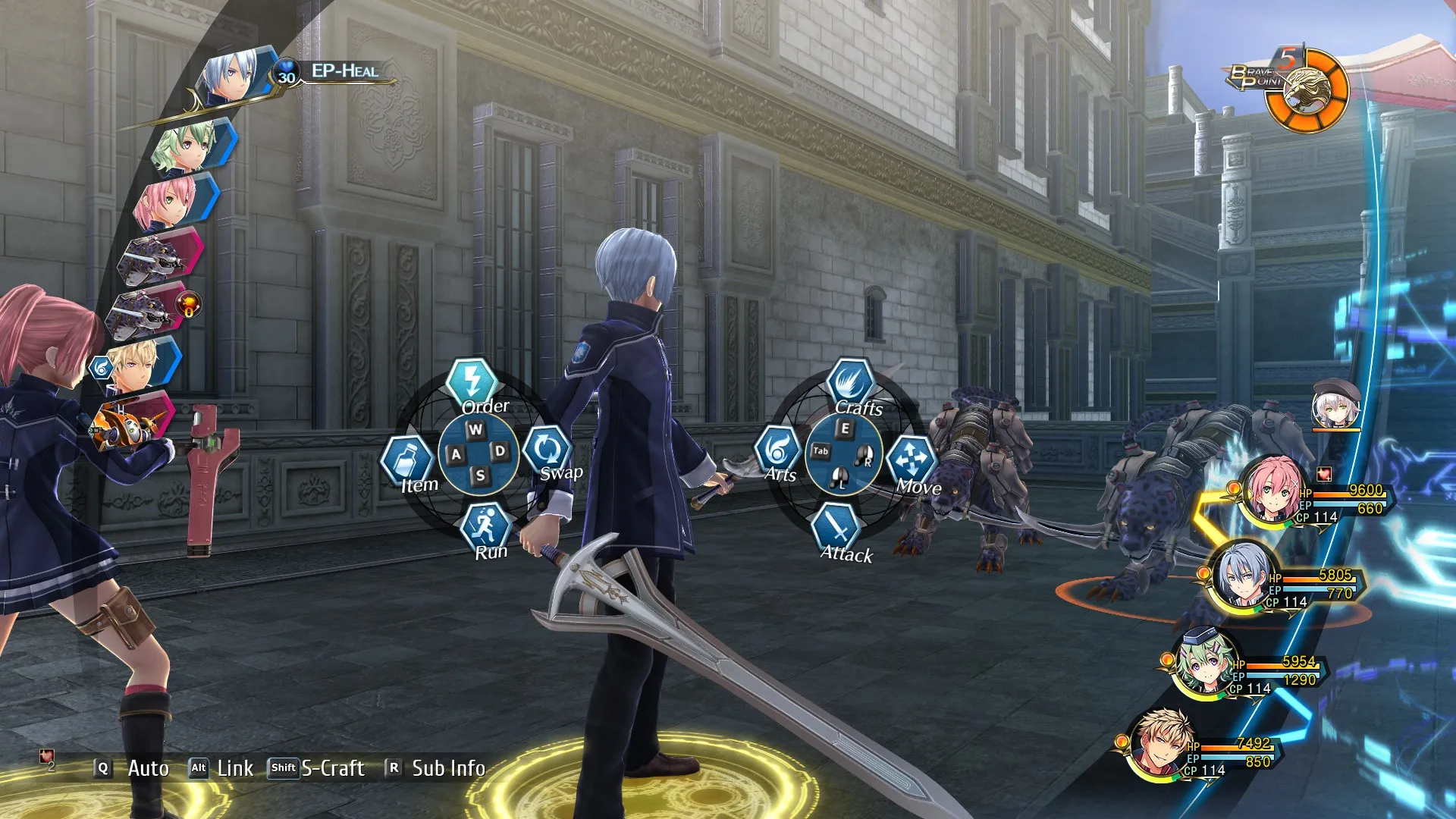 Characters from Trails of Cold Steel III in a town setting.
Characters from Trails of Cold Steel III in a town setting.
Refined Combat System
Trails of Cold Steel III refines the series’ tactical turn-based combat. Players manage separate resources for Crafts (skills) and Arts (magic), strategically positioning characters to maximize attack ranges and avoid enemy attacks.
Turn management is crucial, with certain turns offering bonus effects. Using Arts with varying cast times or S-Crafts (powerful abilities usable at 100+ CP) allows players to manipulate turn order for optimal advantage.
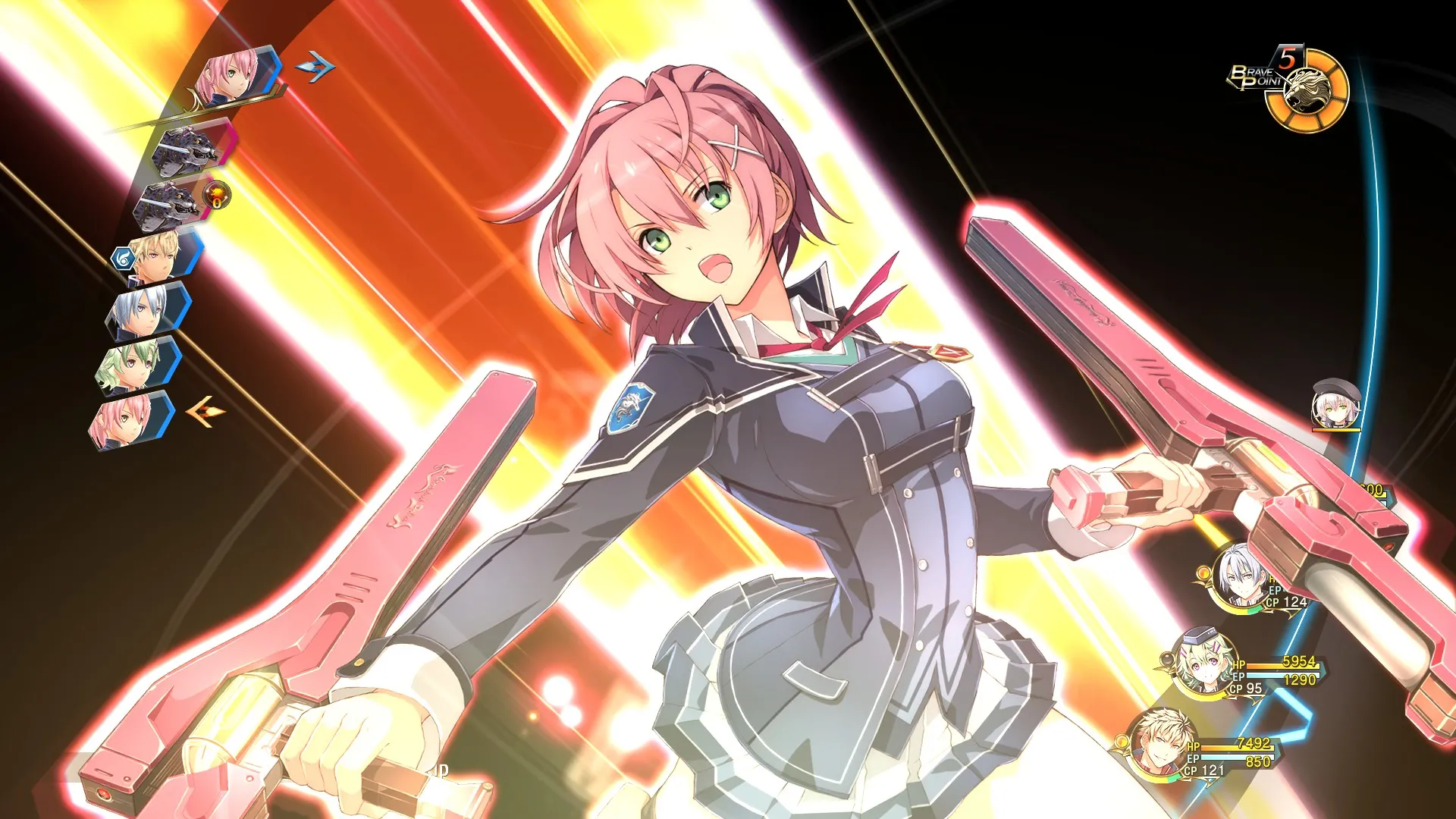 Battle scene from Trails of Cold Steel III
Battle scene from Trails of Cold Steel III
New mechanics add depth to combat. The Break system introduces an armor gauge for enemies, depleting with each attack. Breaking an enemy stuns them, causing them to miss their next turn and become vulnerable to critical hits. Orders provide party-wide buffs for several turns, earned by landing critical hits or exploiting enemy weaknesses. These new and returning mechanics combine for a deeply satisfying tactical experience.
Beyond the core combat, Trails of Cold Steel III incorporates mecha battles, where players pilot giant robots in visually stunning, albeit simplified, combat sequences.
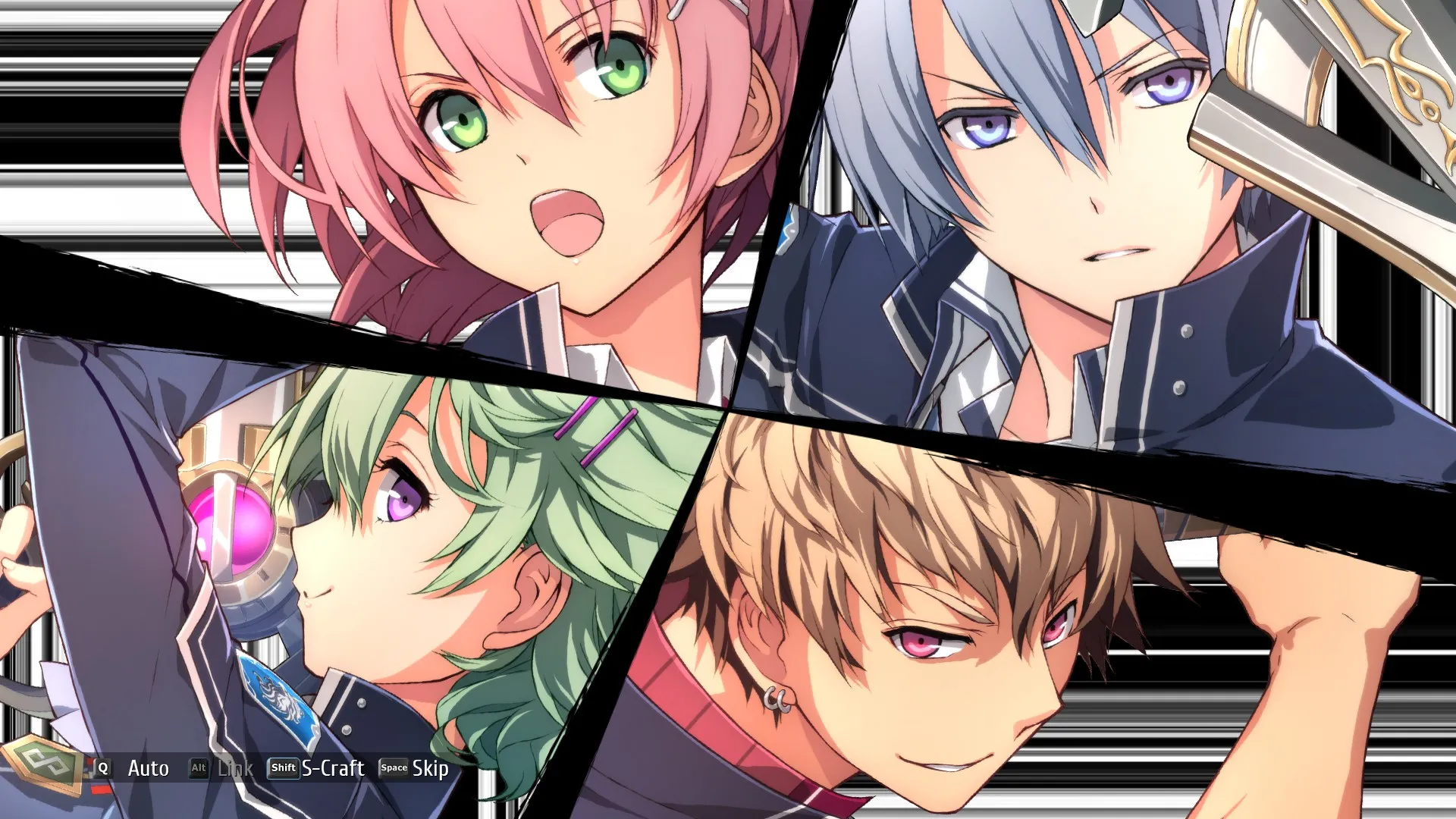 Characters performing a combination attack
Characters performing a combination attack
While the updated user interface streamlines command selection by directly mapping them to buttons, the smaller text size may pose a challenge for some players.
Graphical Shortcomings
Despite the capabilities of modern PCs and the PlayStation 4, Trails of Cold Steel III‘s graphics feel dated. While the world is vibrant and detailed, character models appear stiff and robotic, with limited facial expressions beyond basic emotions. The 2D character portraits are beautifully drawn, highlighting the disparity with their 3D counterparts.
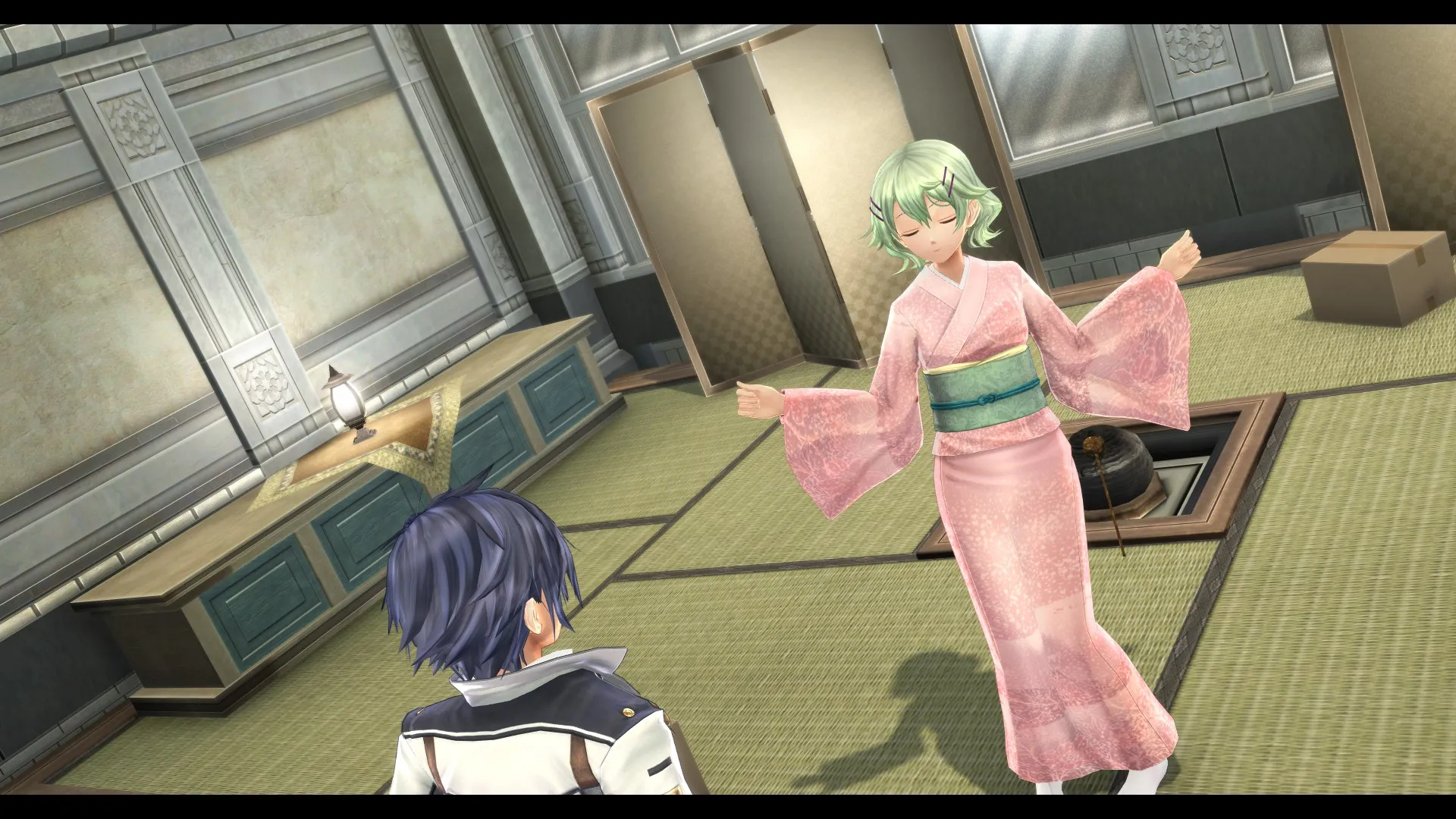 Outdoor scene showing the game's environments
Outdoor scene showing the game's environments
Uneven Pacing
A recurring issue in the Trails series, Trails of Cold Steel III suffers from inconsistent pacing. Moments of high tension can be abruptly interrupted by seemingly mundane activities, disrupting the narrative flow. While this entry improves upon previous installments with more frequent climactic moments, the pacing issues can still be jarring.
Conclusion
Trails of Cold Steel III delivers a compelling narrative, engaging combat, and expansive world-building, continuing the rich legacy of the Trails saga. While hampered by dated graphics and pacing inconsistencies, the game’s strengths ultimately outweigh its weaknesses, making it a worthwhile experience for JRPG enthusiasts, particularly those invested in the Trails universe. Exploring the aftermath of war, navigating political intrigue, and forging bonds with a memorable cast of characters make this a compelling addition to the series.





Comments (0)